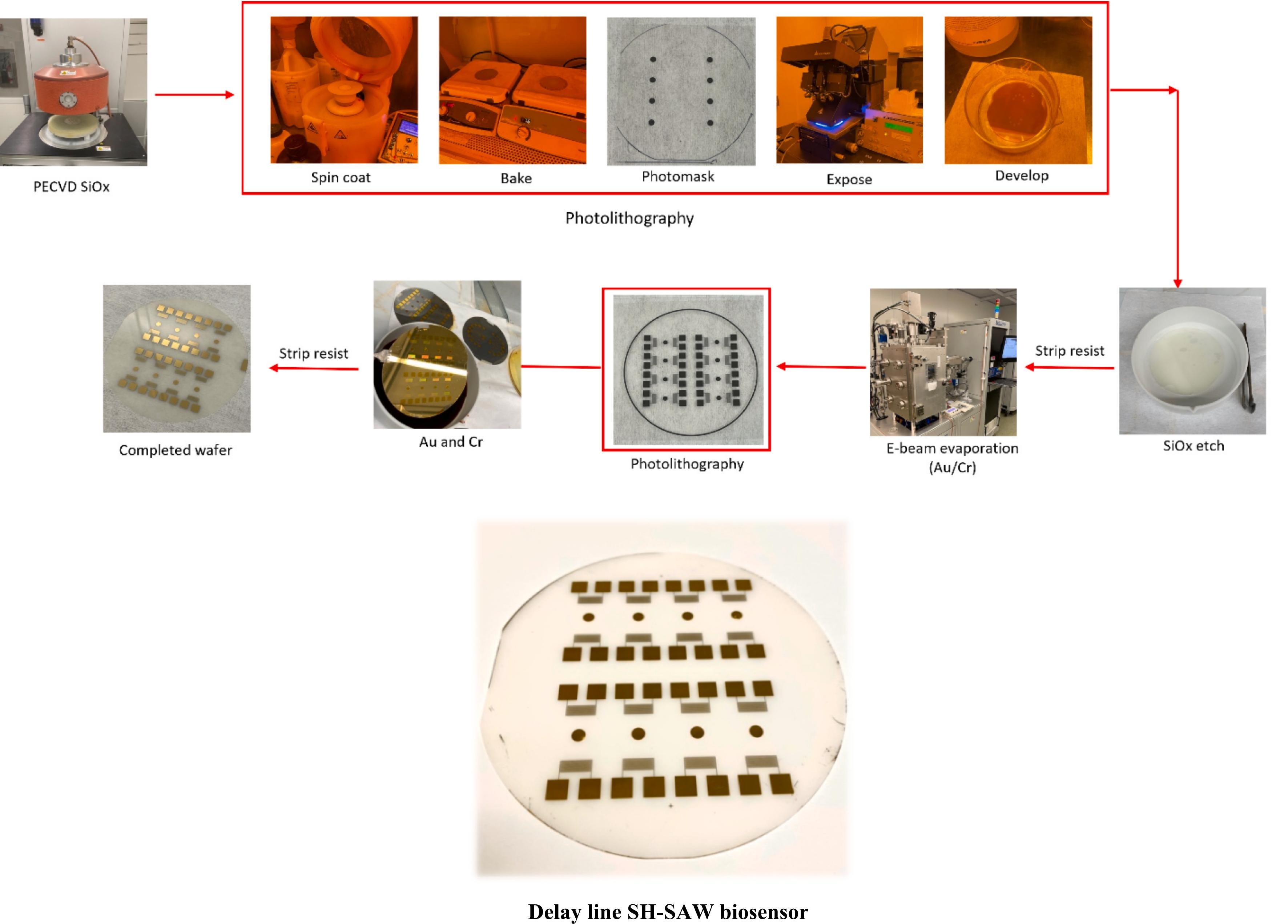United States Department of Agriculture
USDA
Development of a novel sensor for rapid onsite detection of microcystin in rural livestock ponds
Period: 2023 - 2025
Role: Institute PI ( @ USC), USDA PI (Prof. Debabrata Sahoo, Clemson University)
Adequate clean water is essential for livestock production. Livestock typically drink from ponds, which can be unreliable during droughts, summer months or when impaired by aquatic weeds, especially harmful algal blooms (HABs). HABs have the potential to induce toxin production, particularly microcystins. Microcystins are cyanotoxins that have a perilous impact on livestock health when the livestock consume or are exposed to pond water. Currently, when livestock farmers encounter HABs, they rely on Extension agents to guide them in managing livestock and the water resources in their respective operations. Oftentimes, the agents direct the farmers to send water samples to an analytical lab and get them tested for microcystins. It takes considerable time to get back the results which often leads to detrimental impacts on the livestock operation in the meantime. Through a current USDA SARE grant, the PI of this project learned from the farmers the need for an on-site sensor that could accurately detect microcystins. Currently, to the best of our knowledge, no on-site rapid sensing is available to accurately quantify microcystins in water.
Cyanobacteria are a family of prokaryotic bacteria whose death causes the release of harmful toxins. Upon ingestion, these toxins produce symptoms similar to food poisoning and are dangerous to humans, as well as livestock. As there is no easily accessible way to remove cyanotoxins from water sources, thus detection before consumption is vitally important. In this article, we report a shear horizontal surface acoustic wave (SH-SAW) based sensor for the active detection of the microcystin congener, microcystin-LR (MC-LR). The sensing platform was devised on 36° YX cut-LiTaO3 which is a piezoelectric substrate. The sensor system was designed based on delay line configuration and was actively coated with silicon dioxide as a waveguide layer for better mass-load sensitivity. Unlike conventional SAW, the sensing platform utilizes a 5-count tone burst signal, enhancing sensitivity due to its sensitive coda waves. Signal transformation and analysis were made for distinct detection in the frequency domain. The sensor also incorporates the functionalization of gold nanospheres for a high surface-to-volume ratio and enhanced degree of orientation leading to better sensitivity. The sensor detection limit was down to 5.13 nM. Further evidence was provided by selectivity analysis and the sensor could identify MC-LR from the other biomarkers.


Smart Vision and AI-driven Peach Thinning (A-EYE)
Duration: 2022-2023
Role: PI
Research Objective: This projects is a SBIR Phase I grant subcontracted to USC by Advent Innovation to perform one specific task which is Digitization of human knowledgebase for guiding peach thinning. More details to follow as project progresses.
TOXIMAP to evaluate the incidence of mycotoxins in US crop fields
Duration: 2017-2022
Role: Co-PI
Research Objectives: Aflatoxin is a carcinogenic toxin produced by Aspergillus-family fungi occurring in soil and decaying vegetation, which can contaminate corn along with other relevant US crops like peanuts, treenuts and cotton before harvest and/or during storage. Aflatoxin causes liver cancer in humans and in a variety of animal species, and it has been associated with childhood stunting; an important public health issue that increases vulnerability to infectious diseases and cognitive impairments. It is estimated that 5 billion people worldwide are at risk of aflatoxin exposure. Prediction and control of aflatoxin contamination is a fundamental challenge for US grain industry, poultry producers, and makers of dairy products. The production of aflatoxin is highly dependent on environmental conditions and it is projected that environmental perturbations due to climate change will result in a significant increase in aflatoxin contamination incidents, further aggravating its economic impact. The lack of a systematic approach to determine the distribution of aflatoxin occurrence before harvest adversely affects the grain industry. The goal of this project was to develop a general predictive modeling framework for calculating aflatoxin occurrence in US crop fields before harvest, and package this knowledge in a user-friendly predictive web/mobile interface for generating nation-wide and real-time aflatoxin hazard maps. This has the potential to change certain behaviors in crop management to improve food safety (lower levels of aflatoxin) such as providing valuable information of when and where to test for aflatoxin before harvest, reducing the amount of chemicals used to grow the crops, determining the best time to harvest, as well as indicating the cornfield areas with the highest contamination levels for grain segregation. The mathematical foundation and the proposed software tool are generally applicable to any type of mycotoxin and crop. While hazard maps for aflatoxin and other mycotoxin occurrence are important to crop producers, they are also of interest to consumers, regulators, and insurers to enhance their decision-making process. Furthermore, the presence of mycotoxins in agricultural run-offs is a critical issue in environmental sustainability and ecological physiology of various land and aquatic ecosystems. Hence, the approach to be developed will be of relevance to a broader community beyond the agricultural community. Example of a tentative Toximap. 


